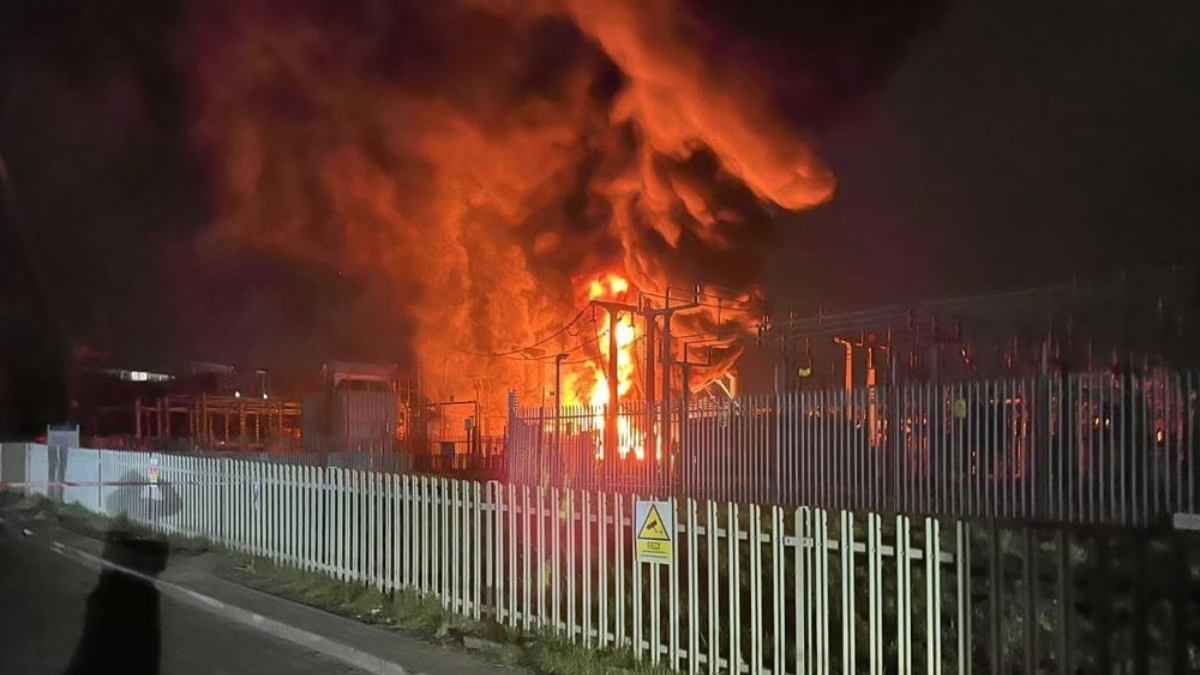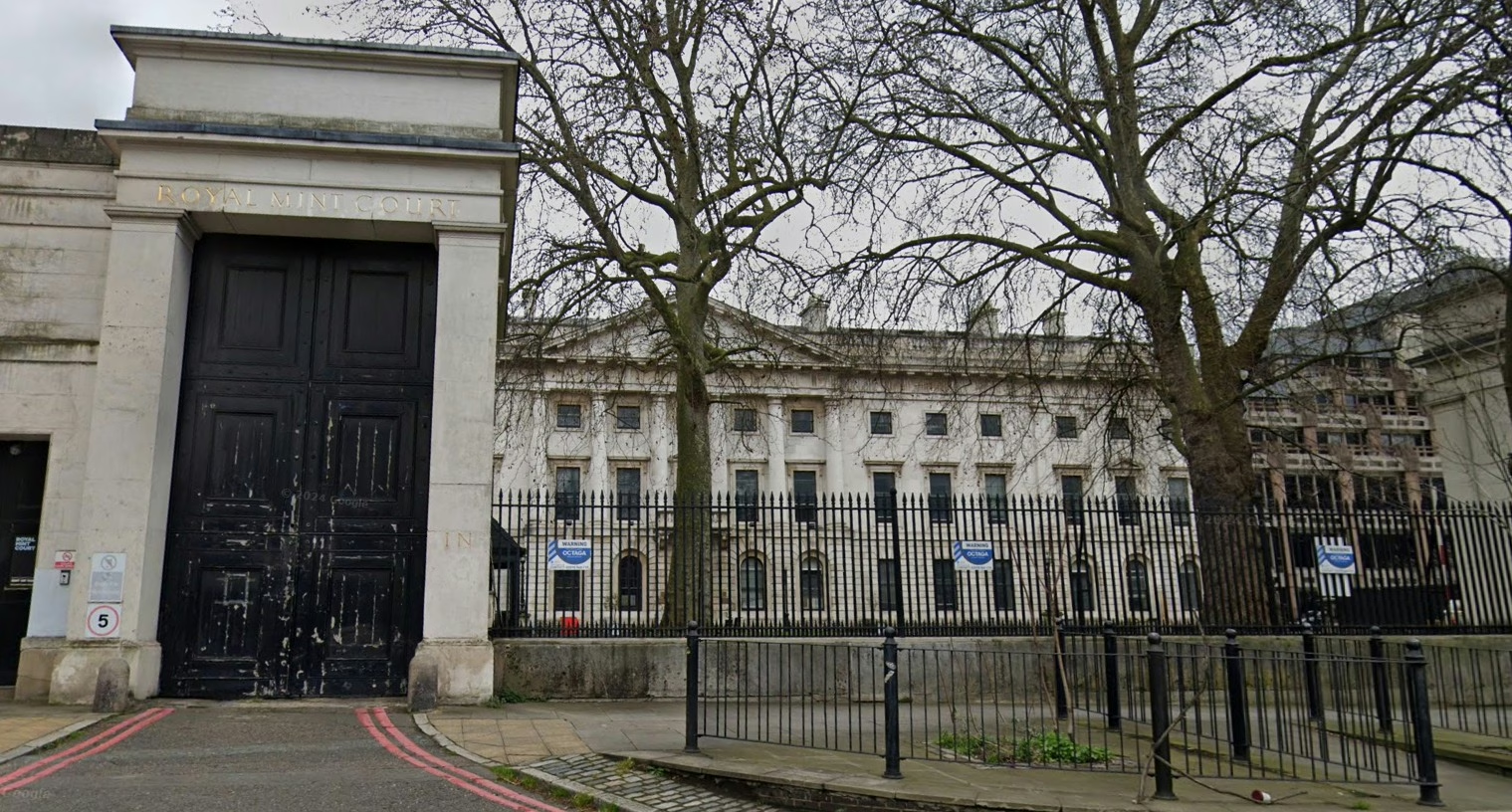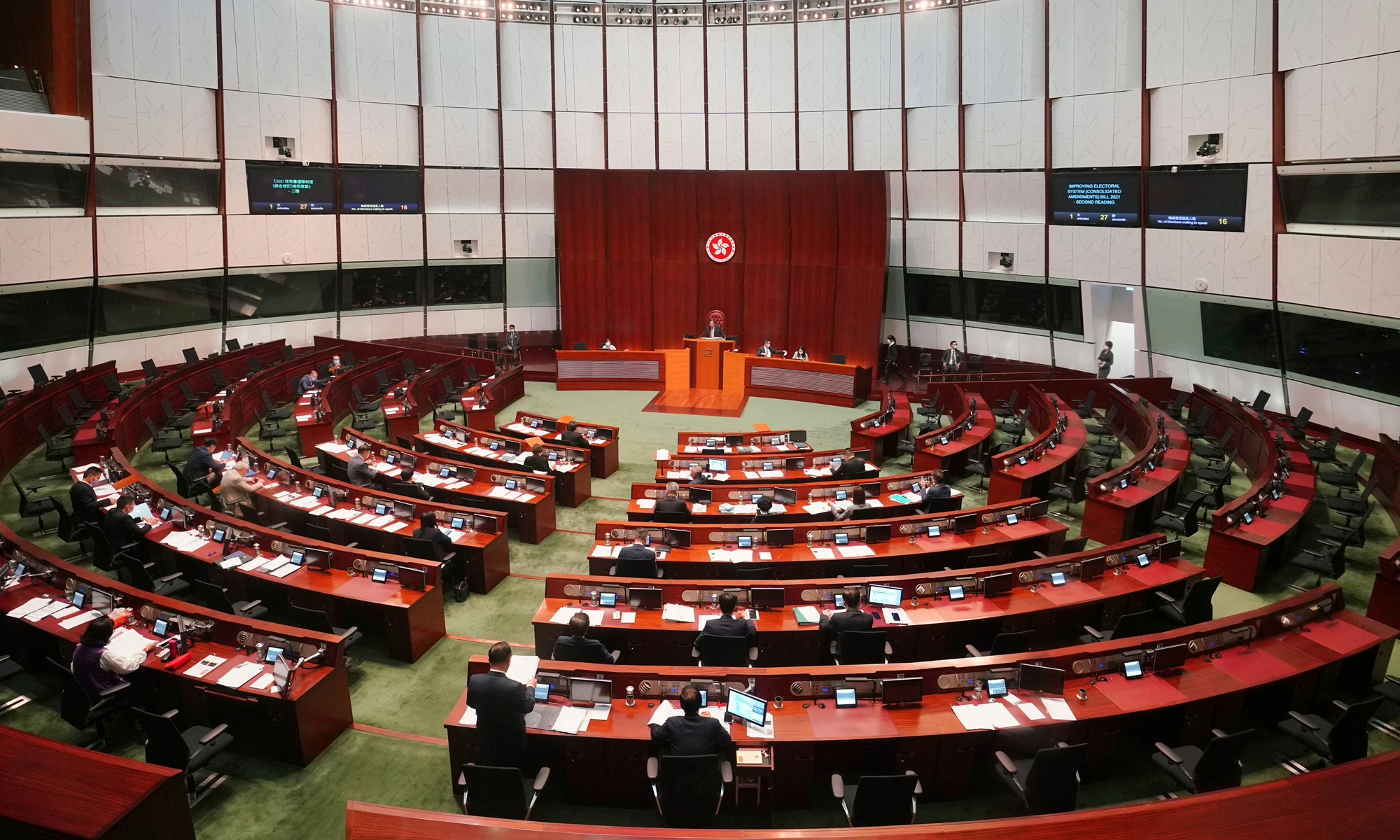On 21 March 2025, London Heathrow Airport was plunged into chaos when a fire at the nearby North Hyde Substation triggered a massive power outage, forcing the airport to shut down for an entire day and affecting approximately 270,000 passengers. A government-commissioned report, published on 2 July by the National Energy System Operator (NESO), has revealed that ageing equipment, inadequate maintenance, and a faulty fire suppression system were the root causes of the incident, raising serious concerns about the state of Britain’s critical infrastructure.
The Incident: From Fire to Airport Chaos
At around 5:00 AM on 21 March, a high-voltage cable at the North Hyde Substation, which supplies power to Heathrow’s terminals, runways, and air traffic control systems, suffered a short circuit caused by moisture ingress. This sparked a fire that rapidly escalated, cutting off the airport’s electricity supply by 5:15 AM. With no power, check-in systems, baggage handling, security scanners, and boarding gates ground to a halt, and all flights were suspended.
By 7:00 AM, Heathrow authorities announced a full-day closure, cancelling around 1,500 flights. The outage left terminals in darkness, with stranded passengers describing scenes of pandemonium. Social media posts captured overcrowded concourses, long queues, and a lack of clear communication from airport staff. Many passengers were left without food, accommodation, or updates, with some forced to sleep on terminal floors. Airlines struggled to process rebookings or refunds due to downed systems, exacerbating the frustration.
The ripple effects extended beyond the airport. Rail services to Heathrow were overwhelmed, and the M25 motorway saw hours-long tailbacks as stranded travellers sought alternative routes. Local hotels raised prices amid surging demand, leaving budget travellers with few options. The economic toll, including losses to airlines, retailers, and the airport itself, is estimated to run into hundreds of millions of pounds. The incident has been dubbed “Heathrow’s darkest day” by the British press, dealing a blow to London’s reputation as a global aviation hub.
Root Causes: Ageing Infrastructure and Neglected Maintenance
The NESO report pinpointed equipment ageing as the primary cause of the fire. The high-voltage cable at the heart of the incident, installed in 1972, had exceeded its 30- to 40-year design life. Moisture had penetrated its degraded insulation, a problem first identified during a 2018 inspection by National Grid, the substation’s operator. The report revealed that National Grid deemed the risk “manageable” and deferred upgrades due to costs estimated at £120 million, a decision now described as a “catastrophic misjudgement.”
The report criticised National Grid’s lack of a proactive replacement strategy for ageing infrastructure. Many of Britain’s power facilities, including North Hyde, date back to the 1960s and 1970s, with components operating well beyond their intended lifespan. Routine maintenance was also found wanting, with critical equipment not subjected to annual inspections as required by industry standards. An independent electrical engineering consultant quoted in the report warned: “This was an avoidable disaster, born of complacency at both technical and managerial levels.”
Fire Suppression Failure: A Critical Delay
Compounding the crisis, the substation’s fire suppression system failed to activate. The report found that fire sensors, last serviced in 2017, were inoperative due to years of neglected maintenance, falling short of the industry’s biennial testing requirement. Additionally, the system was not linked to an external monitoring centre, meaning firefighters were not alerted until 15 minutes after the blaze began, by which time it had spread to critical infrastructure.
The fire suppression system’s design was also inadequate, relying on a single sensor without backups and lacking sufficient water capacity to tackle a major fire. Had the system functioned promptly, the report suggests, the fire could have been contained, potentially averting the airport’s shutdown.
Proposed Improvements
The NESO report outlined several recommendations to prevent future incidents, addressing both technical and systemic failures:
- Infrastructure Modernisation: National Grid must conduct a nationwide audit of critical substations by the end of 2026, prioritising the replacement of outdated high-voltage cables and insulation. The government has pledged £500 million to fund this initiative.
- Enhanced Maintenance Protocols: An independent regulatory body will oversee mandatory equipment inspections, with results published annually. The report advocates for real-time digital monitoring systems to track equipment health.
- Fire System Upgrades: All critical infrastructure must be equipped with redundant fire sensors and linked to local fire service control centres. A deadline of December 2025 has been set for upgrading substation fire systems nationwide.
- Robust Contingency Plans: Airports and power operators are required to develop joint emergency protocols, including rapid activation of backup generators and clear passenger evacuation strategies. Heathrow is urged to invest in an independent power supply to reduce reliance on a single substation.
- Accountability and Transparency: A cross-departmental taskforce will monitor progress on reforms and publish updates. The report calls for National Grid executives to face scrutiny for their role in the oversight failures.
Government and Public Response
Energy Minister Emma Jones described the findings as a “wake-up call,” vowing to introduce the Electricity Infrastructure Modernisation Bill in autumn 2025 to enforce upgrades. “This incident exposed unacceptable weaknesses in our critical infrastructure. We will act decisively to protect the public,” she said.
However, reactions are mixed. The aviation industry, led by Airlines UK, has accused the government and National Grid of years of underinvestment, arguing that the report, while thorough, lacks sufficient measures to hold responsible parties accountable. Passenger advocacy groups are demanding comprehensive compensation for the 270,000 affected travellers. National Grid issued a statement acknowledging the findings and promising to cooperate fully with reforms.
Heathrow Airport has committed £150 million to install backup generators and is exploring partnerships with alternative power suppliers to diversify its energy sources. “We are taking every step to ensure our passengers never face such disruption again,” a spokesperson said.
Conclusion
The 21 March blackout at Heathrow Airport was more than a technical failure; it was a stark reminder of the risks posed by ageing infrastructure and inadequate oversight. With the government’s reform pledges and the spotlight on National Grid’s practices, the public awaits tangible action to restore confidence in Britain’s critical systems. For now, the incident remains a cautionary tale for Heathrow, one of the world’s busiest airports, and a call for urgent investment to safeguard the nation’s aviation backbone.
Discover more from “Bridging Hongkongers. Reporting Truth.”
Subscribe to get the latest posts sent to your email.




